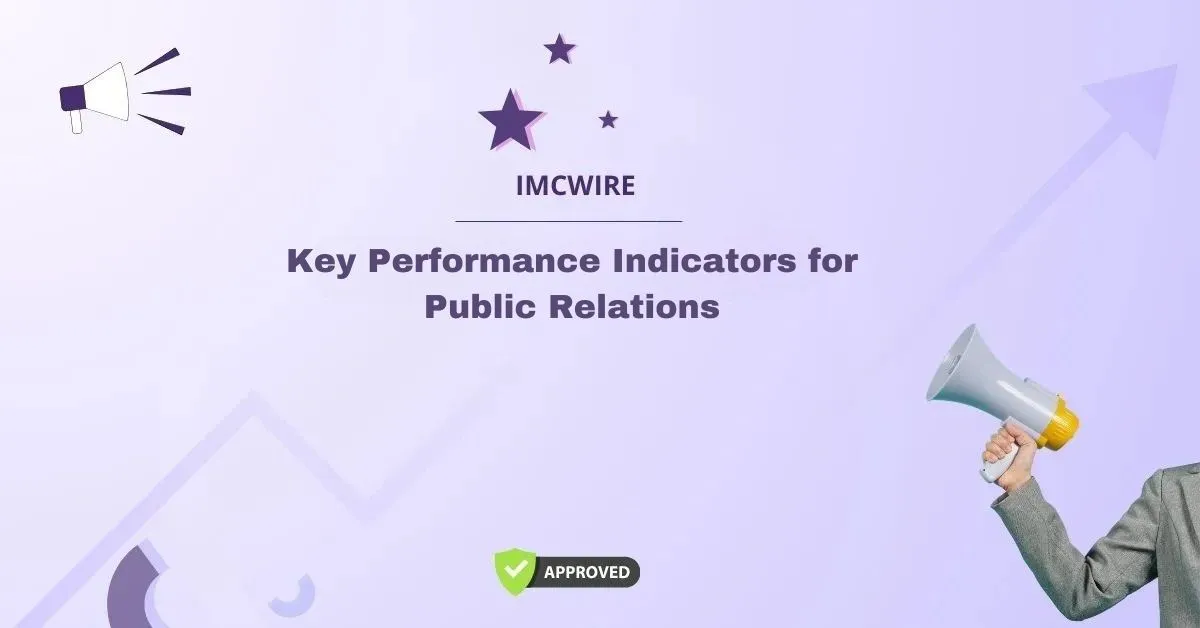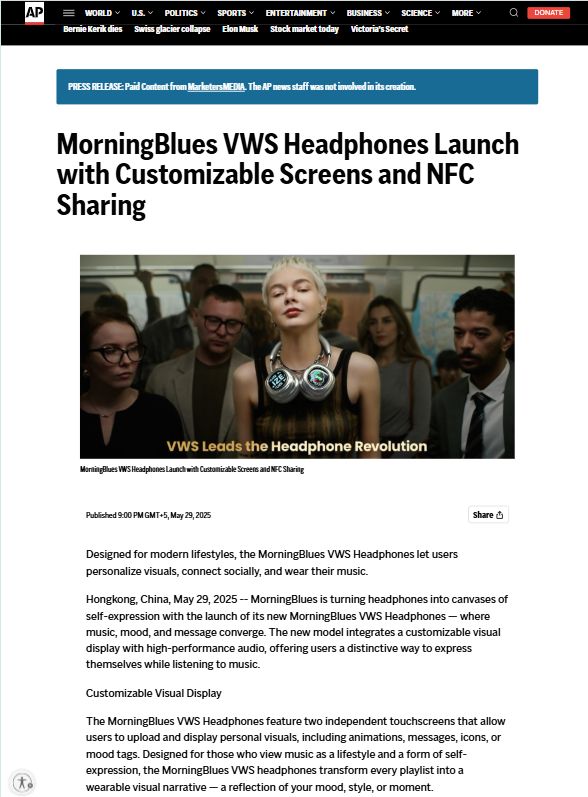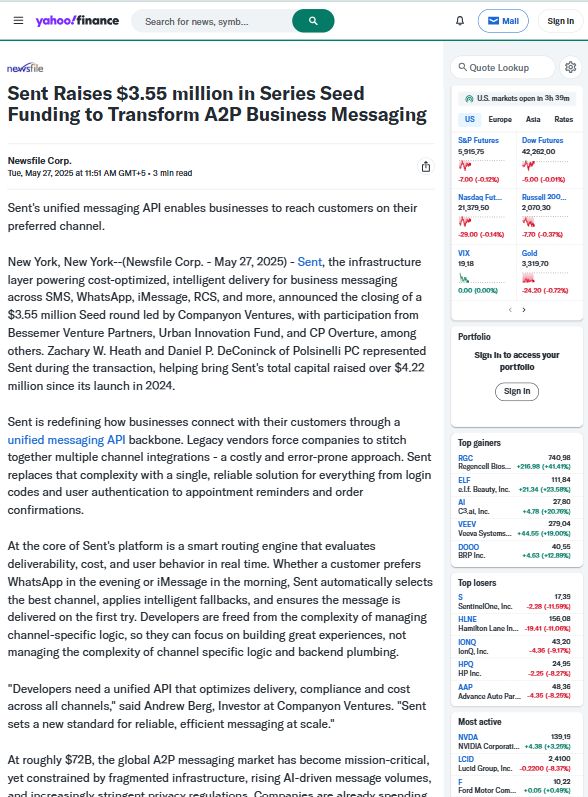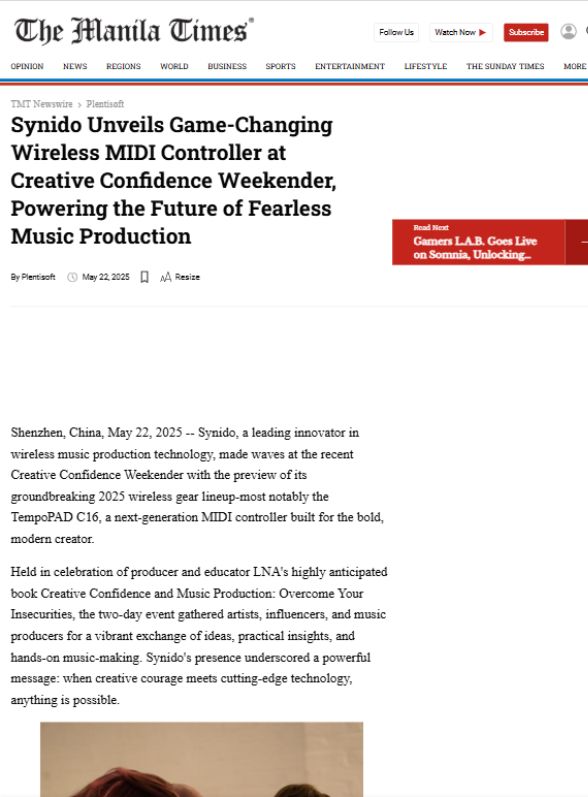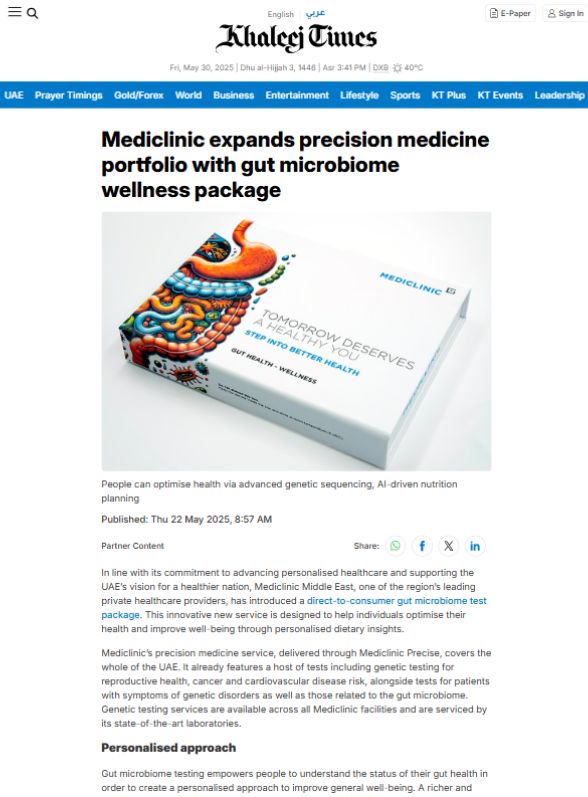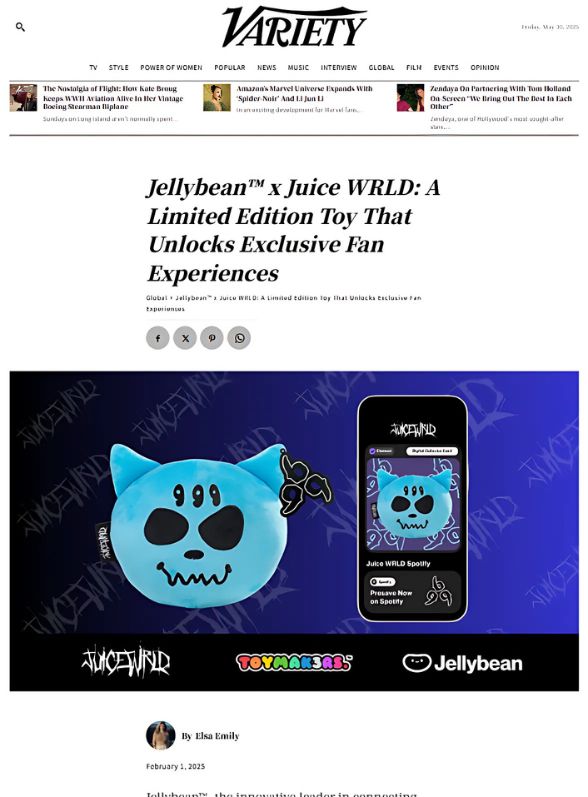In today’s highly connected world, communication is the cornerstone of every successful organization. Whether it’s a global brand, a startup, or an individual influencer, reputation and public image play a defining role in determining success. This is where PR comes in. But what exactly does PR mean, and who is the PR responsible for shaping a company’s public perception? Understanding “who is the PR” is essential for anyone looking to navigate the modern media landscape effectively.
Public Relations, or PR, refers to the strategic process of managing how information about a person, company, or brand is shared with the public, media, and stakeholders. The person responsible for this process—the PR professional—is the bridge between an organization and its audience. This blog explores who the PR is, what they do, why their role is crucial, and how modern PR agencies like IMCWire redefine excellence in communication and brand reputation management.
Table of Contents
What Does PR Stand For?
PR stands for Public Relations, a field that involves creating and maintaining a favorable image for clients through strategic communication, media outreach, and reputation management. The PR professional ensures that the right message reaches the right audience at the right time. In an age dominated by social media and digital storytelling, the PR’s role has evolved from traditional press management to a multifaceted position encompassing brand image, content strategy, and digital visibility.
Who Is the PR and What Do They Do?
When people ask “Who is the PR?”, they are essentially referring to the individual or team tasked with crafting and maintaining a company’s public identity. The PR acts as a spokesperson, strategist, and storyteller—all rolled into one. Their responsibilities include managing media relations, writing press releases, organizing press conferences, and responding to crises that could affect brand reputation.
A PR professional also monitors public sentiment, identifies communication opportunities, and develops strategies that align with the brand’s goals. They are experts in narrative creation, ensuring that every story told about the company resonates positively with the audience. The PR bridges internal goals and external perceptions—making sure the brand voice remains consistent, credible, and engaging.
The Importance of PR in the Modern Business World
In today’s digital economy, perception often defines value. Consumers are influenced not only by products or services but by the stories surrounding them. PR professionals ensure those stories are compelling and authentic. Whether managing a corporate announcement, launching a product, or handling a public issue, PR’s influence is profound.
Businesses without strong PR support risk losing control of their narrative. A well-structured PR campaign can help a company build trust, improve visibility, and strengthen credibility. In contrast, a poor public image can severely damage an organization’s reputation, leading to lost sales, investor confidence, and customer loyalty.
The Role of PR in Brand Building
PR is a foundational tool in brand building. A PR professional crafts campaigns that align with the company’s mission, vision, and values. They shape how the brand is perceived, using storytelling and strategic communication to connect emotionally with audiences.
PR builds long-term brand equity by generating media coverage, cultivating relationships with journalists, and amplifying positive stories. Through interviews, social campaigns, and events, PR ensures that every public interaction reflects the brand’s personality and commitment.
Who Needs PR?
Every entity that values reputation and visibility needs PR—this includes corporations, startups, non-profits, government bodies, and even individuals such as celebrities and influencers. Startups, in particular, benefit immensely from PR as they establish market presence. PR gives them credibility and allows them to compete with established players by leveraging earned media and storytelling.
For larger companies, PR ensures that brand trust remains intact through transparency and consistent communication. It also helps organizations navigate crises, positioning them responsibly in the eyes of the public.
The Difference Between PR and Marketing
While PR and marketing are often used interchangeably, they serve different purposes. Marketing focuses on promoting products and driving sales, while PR focuses on managing reputation and building trust. Marketing is about “what we sell,” while PR is about “who we are.”
PR strategies complement marketing by adding authenticity and depth to a brand’s message. For example, while marketing might advertise a product, PR ensures that the brand narrative supports it—through positive media coverage, influencer partnerships, and community engagement.
The Skills of a Successful PR Professional
A PR professional must possess a diverse skill set to manage relationships, communicate effectively, and adapt to changing circumstances. Key skills include:
- Strategic communication: Crafting persuasive and targeted messages.
- Media relations: Building relationships with journalists and influencers.
- Crisis management: Handling negative publicity or emergencies with professionalism.
- Storytelling: Turning facts into compelling narratives.
- Digital literacy: Understanding social media, SEO, and online reputation tools.
These skills enable PR professionals to ensure brands maintain a positive image across traditional and digital platforms.
How PR Shapes Public Perception
Public perception is everything in the digital era. One viral story can elevate a brand, while one mistake can damage years of trust. PR professionals monitor conversations, track sentiment, and intervene proactively to maintain balance.
Through press releases, interviews, thought leadership content, and social engagement, PR helps brands communicate their value authentically. They also play a major role in humanizing organizations—showing the people and values behind corporate logos.
Crisis Management: The True Test of PR
Crisis management is one of the most critical functions of PR. When unexpected events threaten a company’s reputation, PR professionals take the lead in controlling the narrative. They manage media inquiries, issue official statements, and ensure transparency without creating panic.
An effective PR response can turn a potential disaster into an opportunity for trust-building. The key lies in speed, honesty, and consistency. PR teams that respond proactively demonstrate reliability, helping brands recover faster from setbacks.
The Evolution of PR in the Digital Age
Traditional PR focused heavily on press releases, print coverage, and media events. However, the digital transformation has changed how PR operates. Today’s PR professionals must understand content marketing, social media algorithms, and influencer partnerships.
Modern PR relies on data-driven insights, online reputation management, and multi-platform storytelling. Digital PR amplifies reach and engagement, ensuring that a brand’s story not only reaches audiences but resonates with them.
Who Is the PR in the Social Media Era?
In the age of social media, the answer to “Who is the PR?” extends beyond professionals to include everyone who represents a brand online. Employees, customers, and influencers can all impact public perception. However, PR professionals still serve as the core strategists who shape and guide these interactions.
They design social strategies that align with brand values, monitor online conversations, and ensure that the company’s voice remains unified. Through consistent engagement, PR builds a loyal community that advocates for the brand.
How IMCWire Enhances Modern PR Practices
In the competitive world of public relations, IMCWire stands out as a leading platform that helps businesses amplify their brand stories with precision and professionalism. IMCWire is not just a press release distribution service—it’s a full-scale PR solution that empowers brands to achieve visibility, credibility, and influence.
IMCWire provides a reliable channel for press releases, helping businesses share their news across major media outlets and digital platforms. Their service ensures maximum coverage and audience engagement, allowing clients to reach potential customers, investors, and partners efficiently.
For startups and established companies alike, IMCWire bridges the gap between brand communication and audience perception. By combining strategic content distribution with expert support, IMCWire ensures that every announcement contributes to a positive, lasting brand image. Choosing IMCWire for your PR needs means investing in professionalism, impact, and measurable results.
Measuring PR Success
Unlike traditional advertising, PR success isn’t always measured by sales figures alone. PR professionals assess performance through metrics like media coverage, website traffic, social mentions, sentiment analysis, and engagement rates.
Tools such as media monitoring and analytics software help PR teams track the effectiveness of their campaigns. IMCWire, for instance, provides detailed reporting on press release performance, ensuring clients see tangible results from their PR investments.
Why Every Business Should Invest in PR
Public relations is not an optional extra—it’s a necessity for growth and sustainability. It builds credibility, fosters trust, and ensures long-term relationships with customers and stakeholders. Businesses that invest in PR see higher engagement, stronger brand loyalty, and better crisis resilience.
PR also plays a key role in thought leadership. By positioning executives and brands as industry experts through media placements and interviews, PR adds authority and influence.
The Future of PR
The future of PR lies in integration—combining traditional storytelling with digital innovation. Artificial intelligence, data analytics, and personalization will redefine how PR professionals engage audiences. Brands will increasingly rely on authenticity, transparency, and meaningful engagement to maintain public trust.
Platforms like IMCWire are leading this evolution by offering comprehensive distribution solutions that ensure messages are not only delivered but also received with credibility.
Conclusion
When we ask “Who is the PR?”, the answer is more than just a title—it’s the voice, the guardian, and the strategist behind a brand’s public image. The PR professional ensures that every story told builds credibility, connects emotionally, and supports long-term success.
In a world where perception defines reality, PR remains one of the most powerful tools for brand growth. For businesses looking to strengthen their reputation and visibility, IMCWire offers the perfect partnership. With expert press release distribution, strategic communication, and measurable results, IMCWire ensures that your brand not only gets noticed but remembered for the right reasons.





